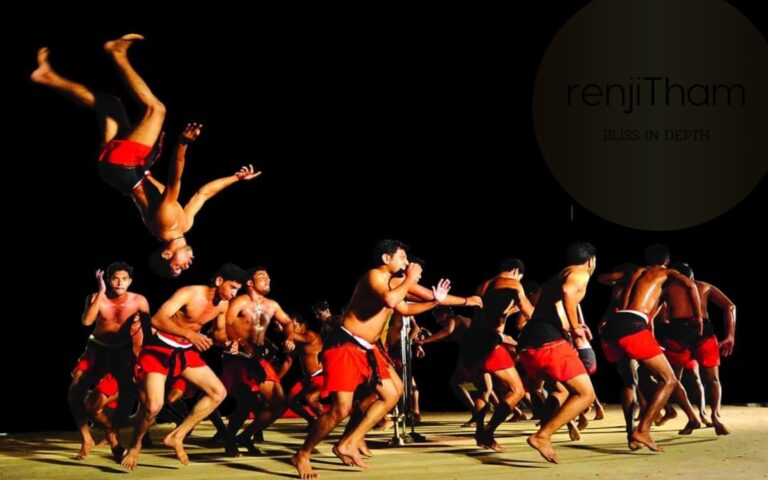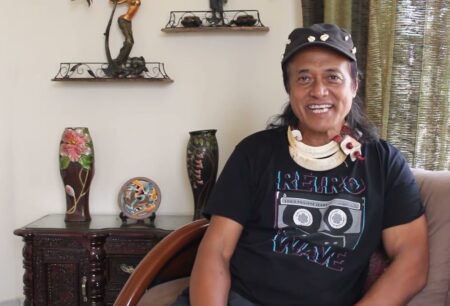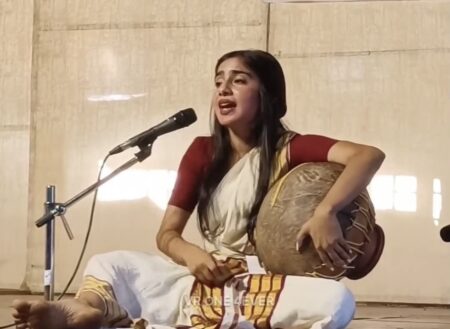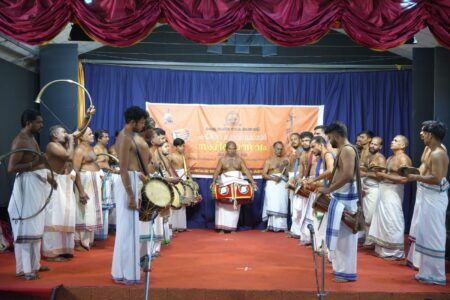Bhagavathy temples in Malabar will be soon bustling with Poorakkali and Marathukali, which reflect some charmingly unique traits of Kerala’s cultural heritage.
Hardly a month for the onset of summer festivities in northern Malabar, the temples there are bustling with preparations almost round the clock. While Theyyam performances are already in full swing in Kaavus, artists of Marathukali and Poorakkali are practicing assiduously to outshine opponents.
Poorakkali is a ritual art performed in Bhagavathy temples across North Kerala. Performed during the nine-day Pooram festival, held during the Malayalam month of Meenam, this art form is based on rhythmic footsteps resembling the movements of the martial art form. Originally, this was an art form of the women folk but today it is performed by men.
Maruthukali on the other hand is a follow-up of Poorakkali performance that includes scholarly discussion on grammar, literature, and mythology by two eminent Poorakkali artists. The visually enthralling and intellectually challenging presentation is a 24-hour exercise. But nowadays, they are also staged in the open air as an exhibition for more people to enjoy.
Unique for Kerala
These two are yet to claim publicity on a par with Theyyam in other parts of Kerala, but admittedly they demonstrate the unique cultural identity of this part of the state. Traditionally, the full-day programme commences around ten in the morning with Marathukali between two teams representing temples. As the guest team arrives, they are welcomed with feats like ‘abhivadanam’, ‘upacharam’, ‘thamboolam’, ‘stothram’, yoga, etc. Abhivadanam is an intellectual discussion based on ancient treatises and Stothram is an interpretation of Soundaryalahari.
The debate is between two scholars who have earned the title of Panicker thanks to their in-depth knowledge in all branches like Sanskrit, astrology, Vedanta, mythology, and even Natyashastra. Questions are asked by one for which answers are given by the other. During the tight contest, they exhibit their profound erudition and also seize every opportunity to outsmart the opponent.
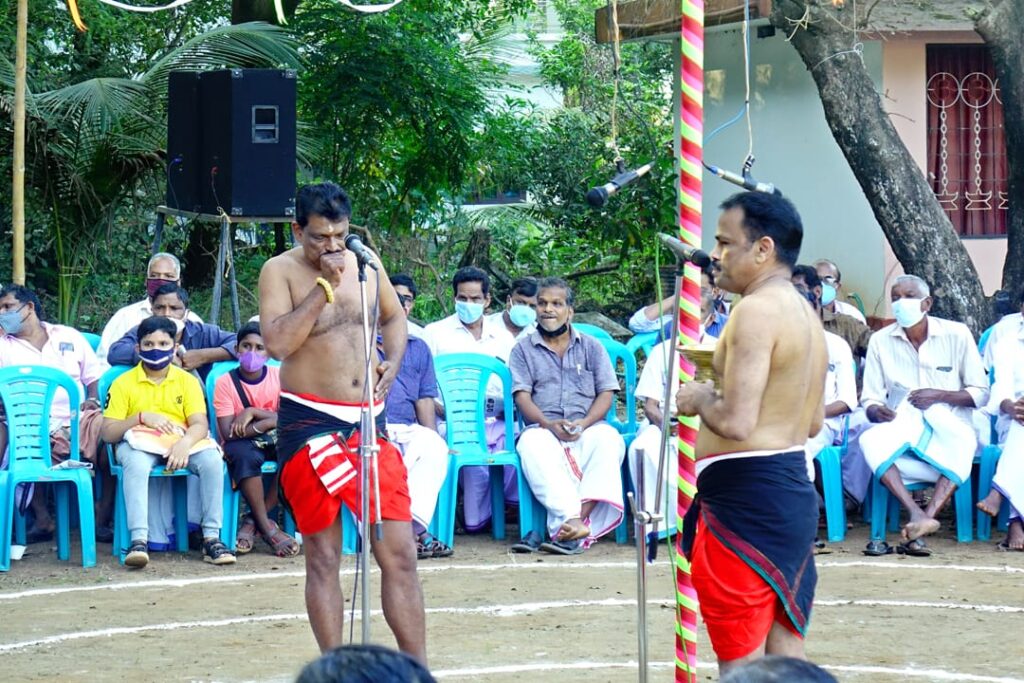
Interestingly, as for the debate, it gathers momentum gradually and so also raises the spirit of competition. It is said there have been occasions in the past when Marathukali had to be discontinued as it led to physical encounters between the two groups. The role of the umpire in the play, therefore, is very significant.
This continues until three in the afternoon when Poorakkali begins.
Poorakkali performance
This is a performance presented by a group numbering around 25 mostly composed of well-built youth clad in red and black loincloth. They would move in concentric circles surrounding a lighted traditional lamp bursting into calls of Narayana. The circular movements are in vibrant steps, gyrations, and symbolic gestures through which they communicate to the audience in a singular way.
The physically exacting movements demand disciplined training under masters for long. Singing in unison, mostly stories from the Ramayana and the Mahabharata is most appealing as both its rendition and the martial art-like maneuvers reach a crescendo as if in a kalasam. These are called nirams, literally meaning colours.
Once Poorakkali comes to an end by evening, a discussion on Natyashastra begins in the night. This is really scholarly and starts from Natyolpathy, the very genesis of Natya described in the beginning of the treatise. All aspects pertaining to abhinaya, rasa sindhanta et al are dealt with concomitant inputs from each contestant. The denouement is once again a group performance called thozhuthu kali.
Rigorous training
Said Panapuzha Padmanabha Panicker, one of the outstanding artistes, “The proficiency in all the branches of knowledge is acquired after years of training in the gurukula system under venerated gurus”. As for him, he was trained under the veteran Kanjangad Damodara Panicker for nearly ten years. Different disciplines were learned under O K Munshi (Grammar), C H Surendran Nambiar, E Sreedharan, Ramanthala Krishnan Panicker, C P Kunjirama Panicker (astrology), Kaithapram Viswanathan Namboodiri (music), to mention only a few.
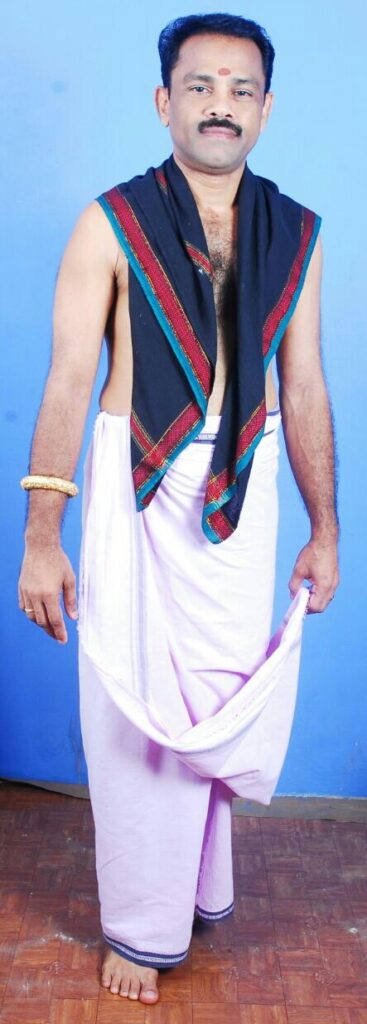
Padmanabha Panicker has already participated in nearly forty Marathukali performances and hundreds of exhibition performances of Poorakkali in venues across Kerala including the Sanskrit University at Kalady. He has been honoured by the Kerala Folklore Academy with its award and fellowship.
What appears singular is that the contestants who speak chaste Sanskrit during the performance of Marathukali belong to lower castes. They quote profusely from Vedas and sastras apart from all other disciplines mentioned above. This speaks for the cultural uniqueness of Kerala. That said, equally noteworthy is the willingness of the gurus belonging to the upper castes to teach their students.

